Wick Watering
johnva
18 years ago
Featured Answer
Comments (26)
soundgarden
18 years agoRelated Professionals
70037 Landscape Architects & Landscape Designers · Horsham Landscape Architects & Landscape Designers · Peabody Landscape Contractors · Bridgeview Landscape Contractors · Broadlands Landscape Contractors · Framingham Landscape Contractors · Glendale Heights Landscape Contractors · La Verne Landscape Contractors · Lynwood Landscape Contractors · Oakland Landscape Contractors · Peoria Landscape Contractors · Sun City Center Landscape Contractors · West Orange Landscape Contractors · Norridge Landscape Contractors · Suisun City Landscape Contractorsbumblebees_mom
18 years agojohnva
18 years agopeterls
18 years agojohnva
18 years agopeterls
18 years agosysnan
18 years agojohnva
18 years agoironhat2
18 years agothe_farmers_wife
18 years agojohnva
18 years agophann100
18 years agojohnva
18 years agophann100
18 years agontaylor_2006
18 years agojohnva
18 years agosistersibling
15 years agoorigami_master
15 years agoSuzi AKA DesertDance So CA Zone 9b
15 years agotaxonomist
15 years agologrock
14 years agoSherwood Botsford (z3, Alberta)
14 years agoandrew_mcf_hotmail_com
13 years agoDean37
9 years agoPyewacket
9 years ago
Related Stories
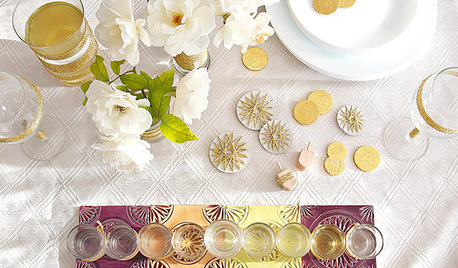
HOLIDAYSDIY: Shiny Gold Accents to Make Your Hanukkah Table Glow
Wrap glass vessels with metallic yarn and fill them with oil and wicks for a festive and bright holiday look
Full Story
LANDSCAPE DESIGNTo Manage Stormwater Sustainably, Understand Your Site
Follow this guide to learn how water moves through your landscape and how best to manage it
Full Story
HOUSEKEEPINGDon't Touch Another Stain Before You Read This
Even an innocent swipe with water may cause permanent damage. Here's what to know about how rugs and fabrics react
Full Story
BATHROOM DESIGNHow to Build a Better Shower Curb
Work with your contractors and installers to ensure a safe, stylish curb that keeps the water where it belongs
Full Story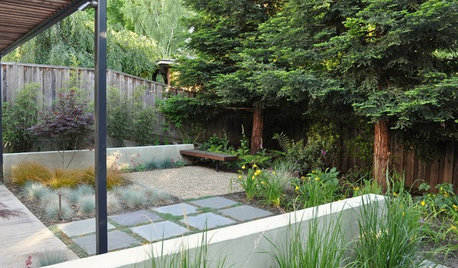
GARDENING AND LANDSCAPINGSmart Landscaping Slices Energy Bills
Reduce heating, cooling and water costs beautifully with these ecofriendly strategies for landscape design
Full Story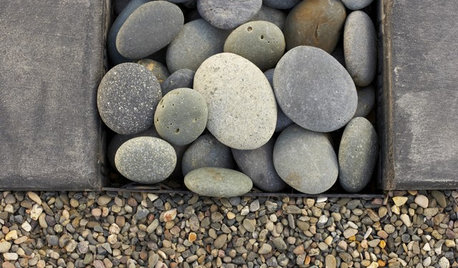
LANDSCAPE DESIGNThe Right Stone for Your Garden Design
Gravel, pebble, cobble and paddle: Stones vary in size and shape, and have different uses in the landscape
Full Story
CONTRACTOR TIPSYour Complete Guide to Building Permits
Learn about permit requirements, the submittal process, final inspection and more
Full Story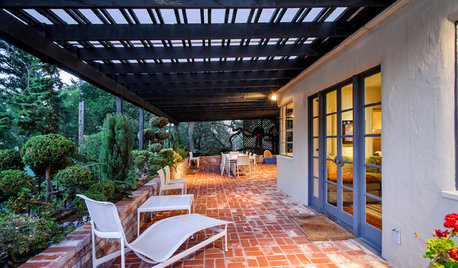
PATIOSLandscape Paving 101: How to Use Brick for Your Path or Patio
Brick paving is classy, timeless and a natural building material. Here are some pros and cons to help you decide if it’s right for your yard
Full Story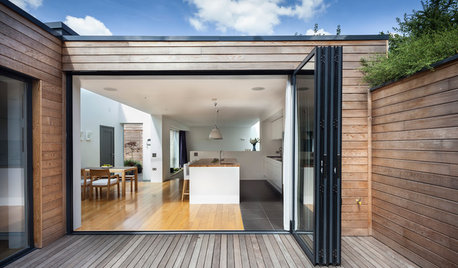
FLOORS9 Ideas to Take Your Flooring From Indoors to Outdoors
Enhance that sense of being connected to the garden with flooring that stretches from the inside out
Full Story
GARDENING AND LANDSCAPINGShade Sails: Outdoor Rooms Take Wing
Futuristic looking yet a terrific complement to both traditional and modern landscapes, shade sails lend a sculptural quality to patios
Full StorySponsored
Columbus Design-Build, Kitchen & Bath Remodeling, Historic Renovations
More Discussions






johnvaOriginal Author